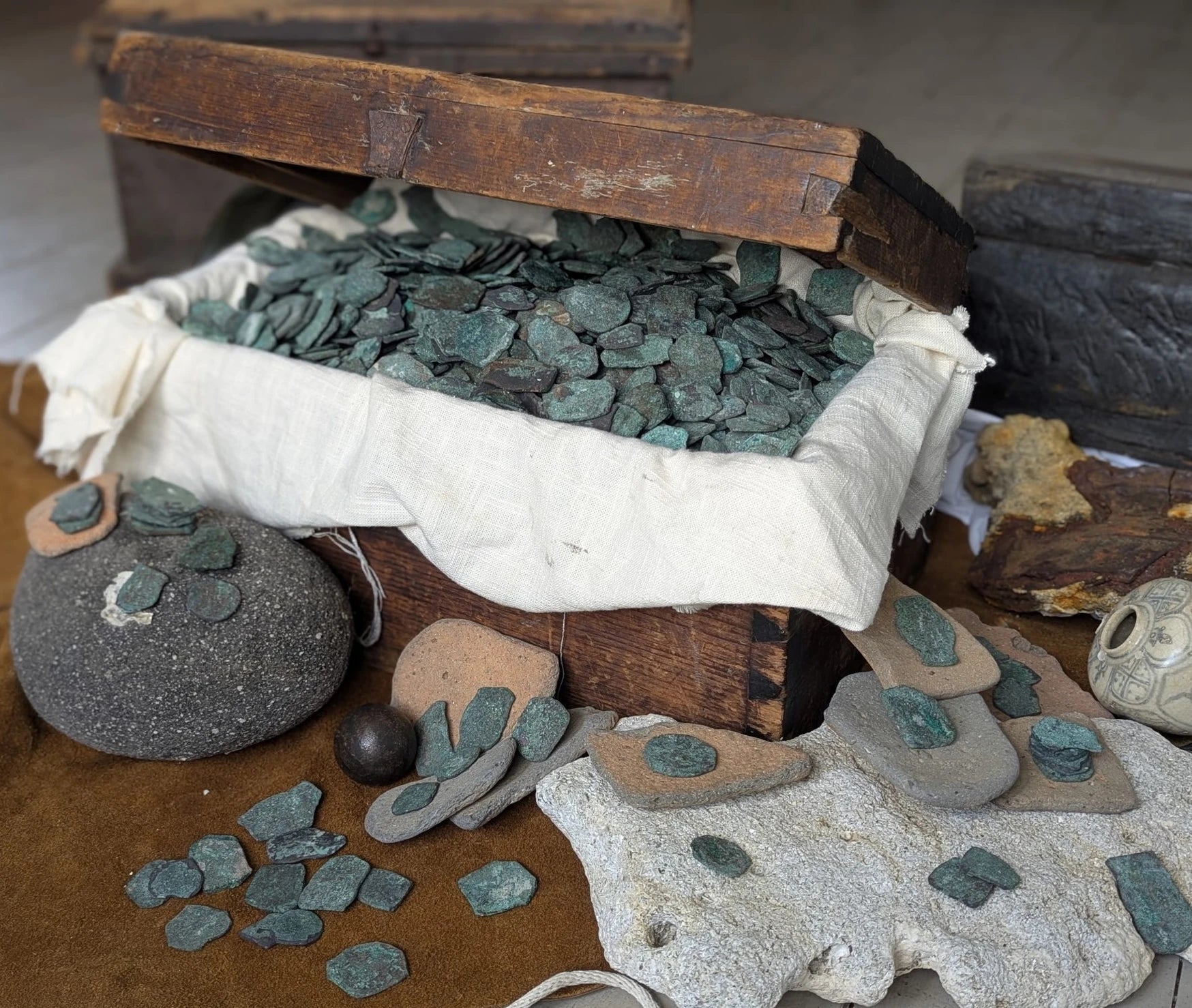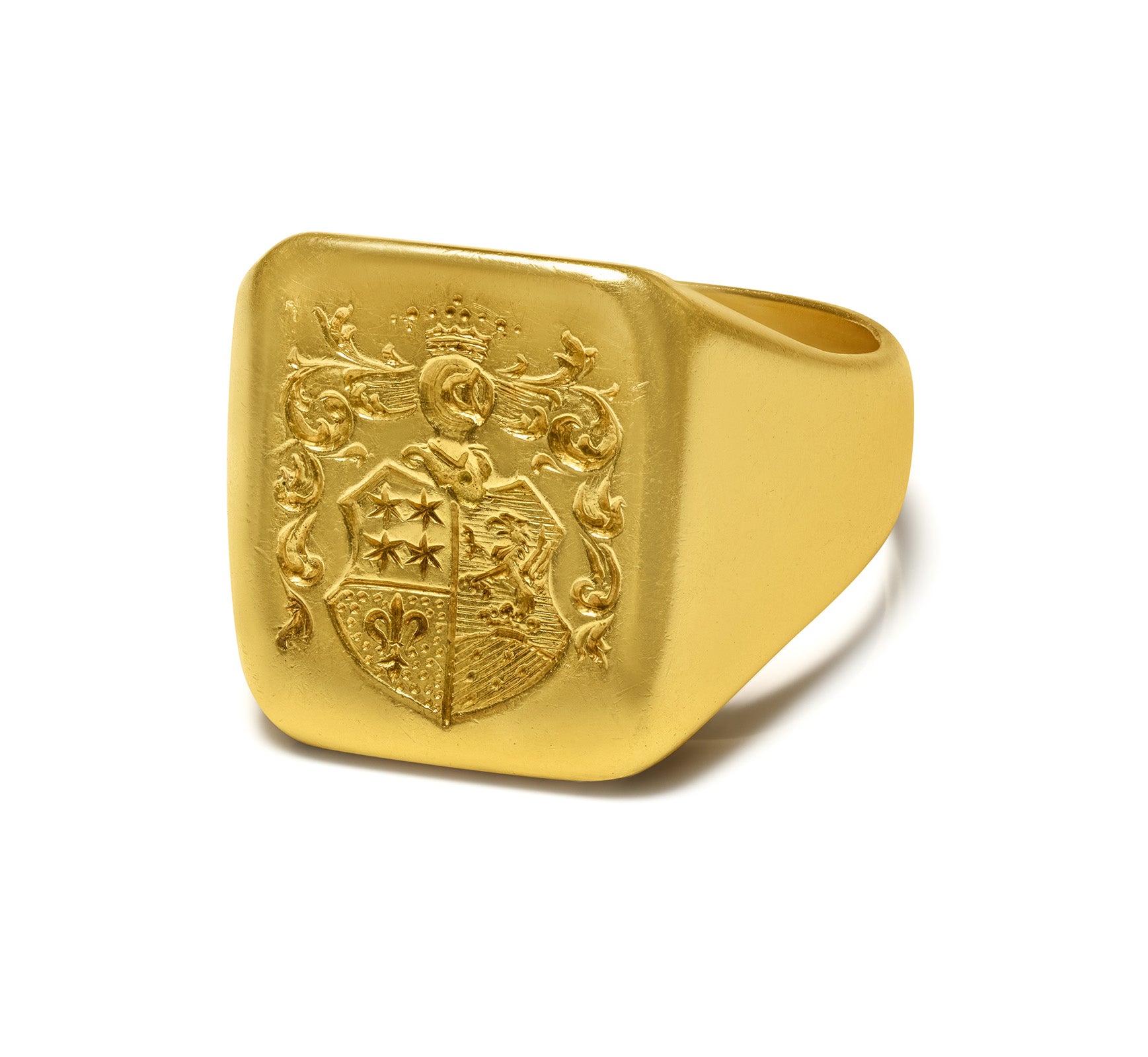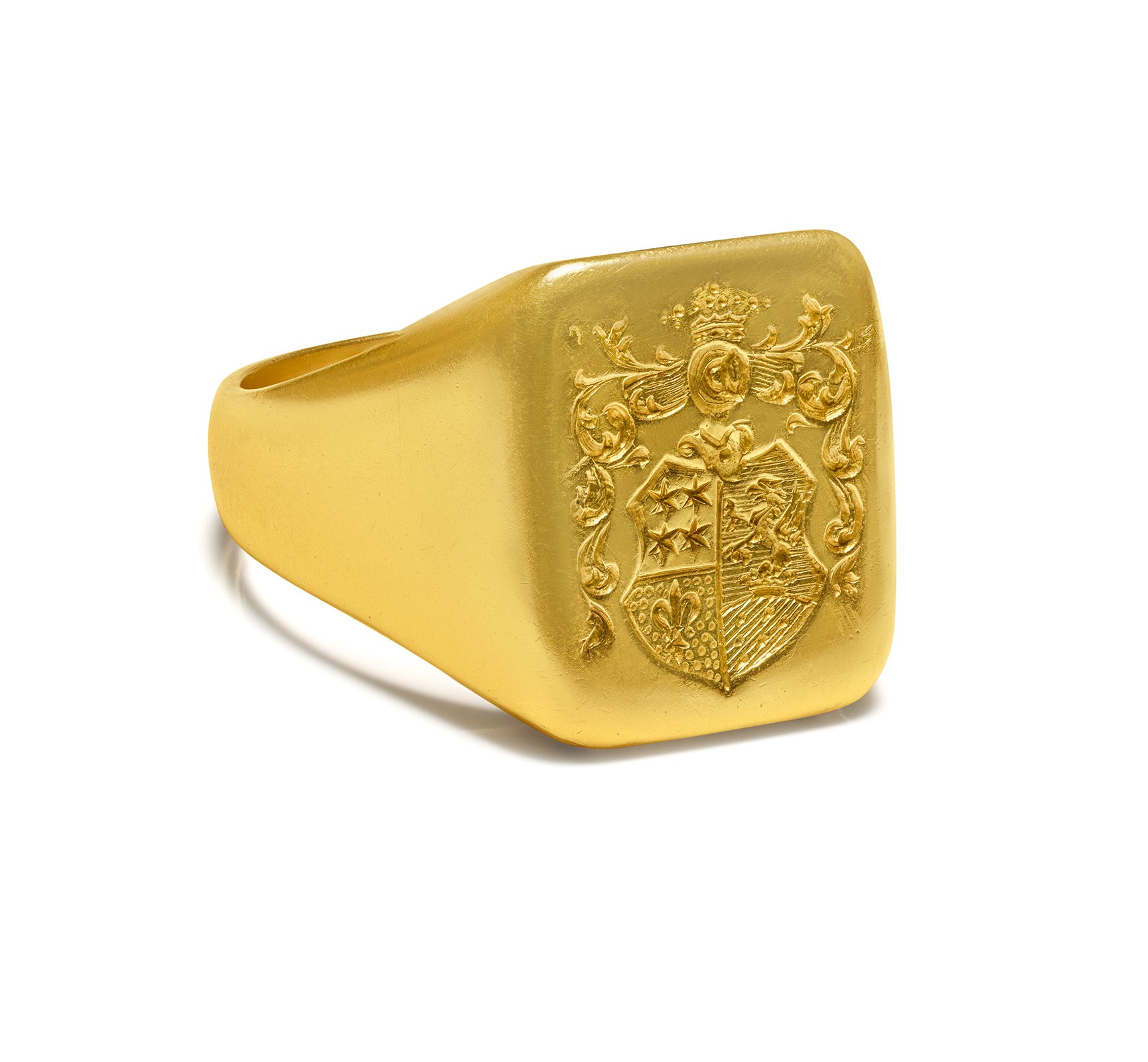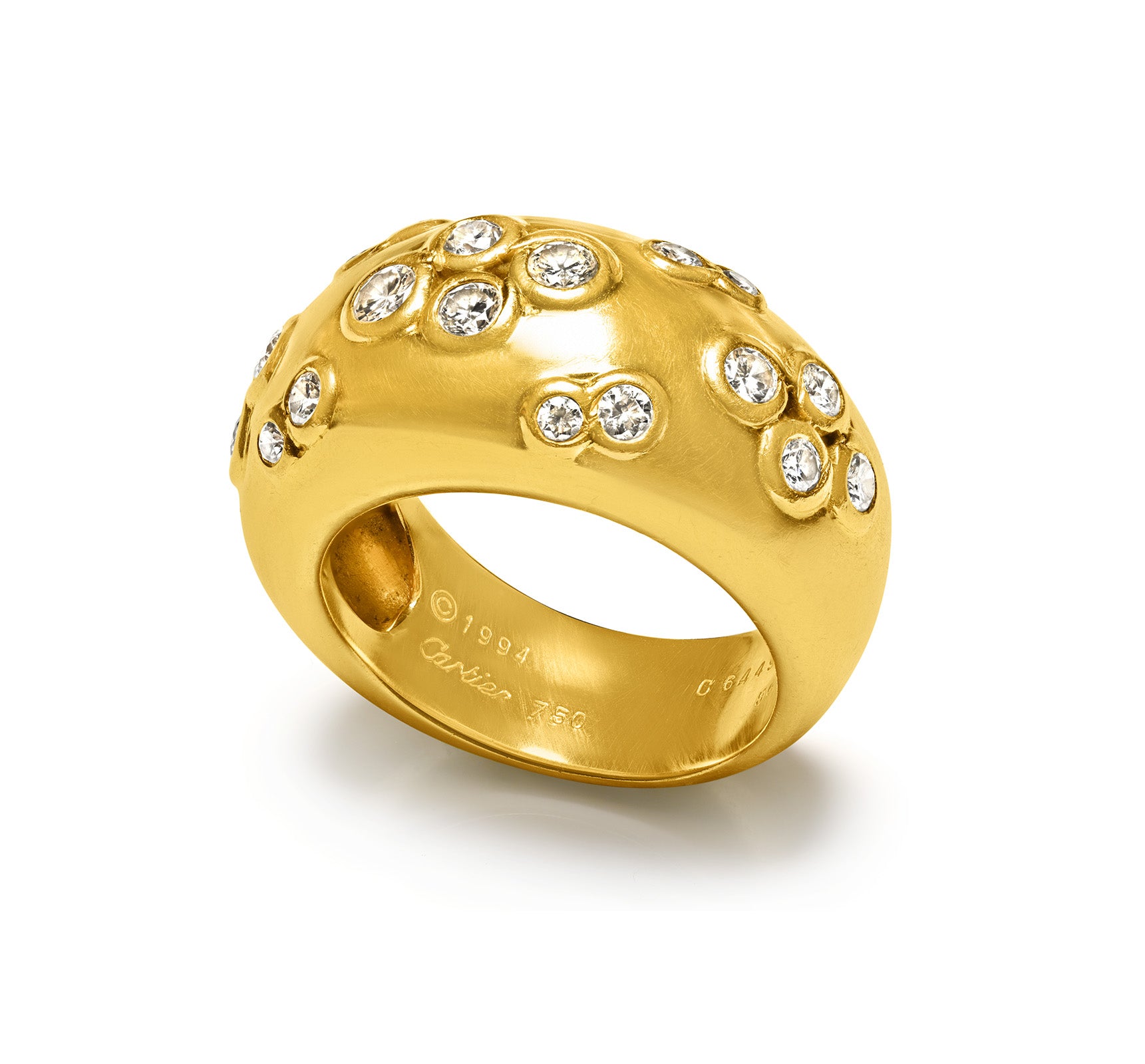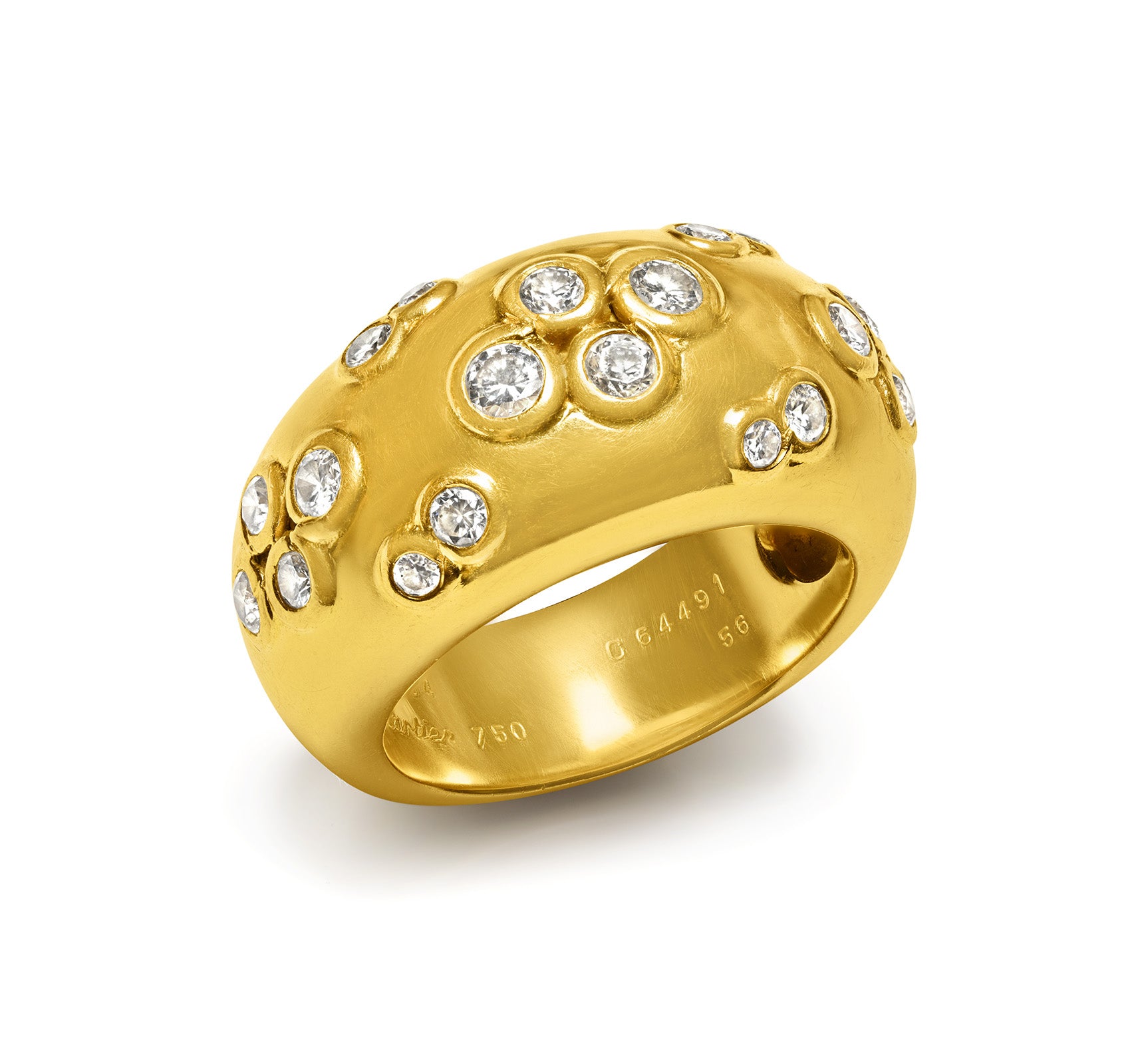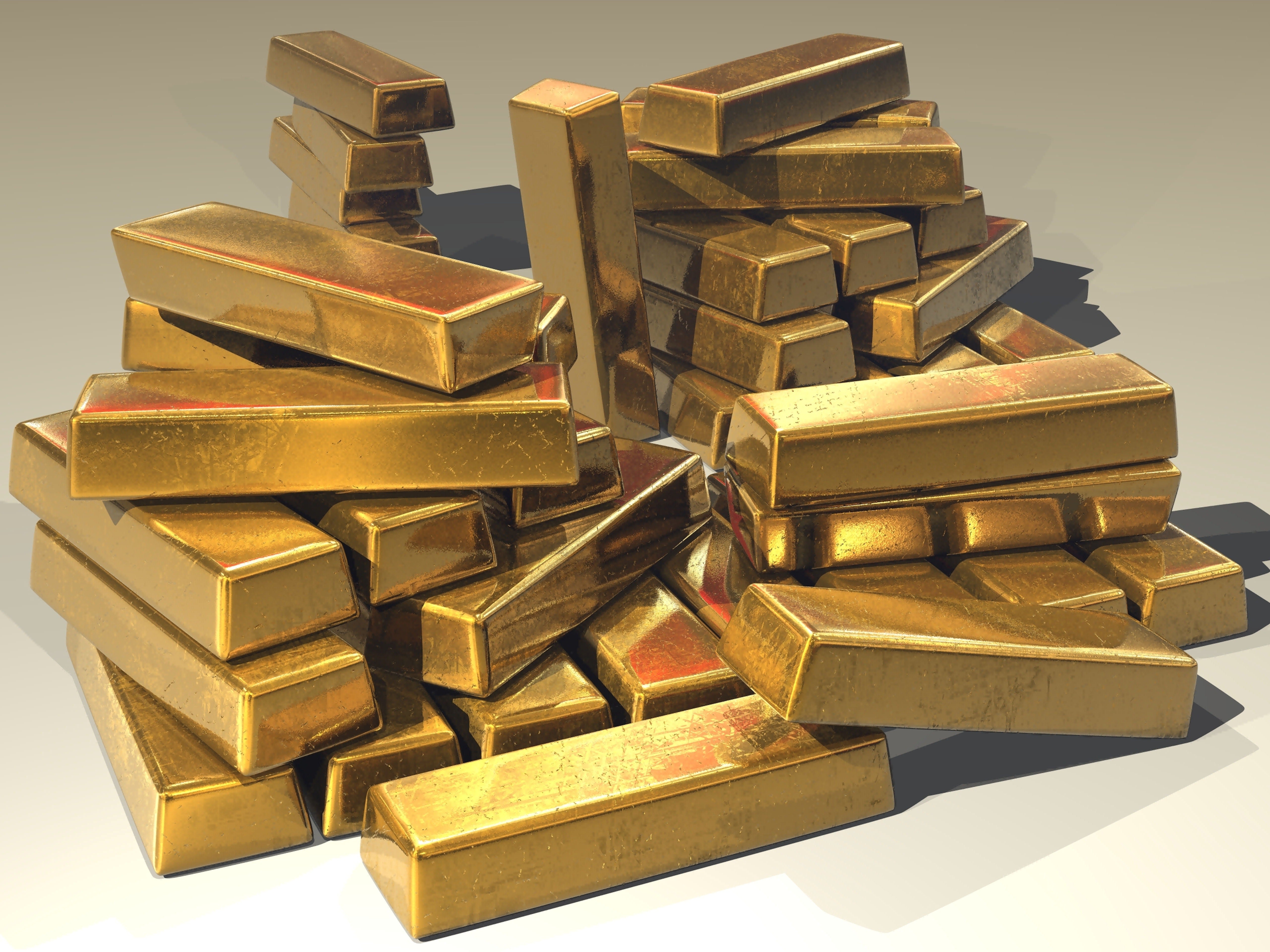
Gold Hits All-Time High Amid U.S. Shutdown and Global Political Turmoil
In a week defined by political gridlock and global unease, gold surged to a fresh all-time high, reaffirming its reputation as the ultimate safe haven. On October 7, 2025, spot gold reached $3,977.19 per ounce, surpassing its previous record set just a day earlier.
The rally, now in its fifth consecutive session, underscores how fragile confidence has become across major economies—from Washington’s budget paralysis to the political shake-up in Europe and Japan.
In times when institutions falter, investors instinctively turn toward assets that promise permanence. And once again, gold is answering that call.
A Perfect Storm of Politics and Policy
The immediate catalyst for this surge lies in the ongoing U.S. government shutdown, which entered its second week on October 7.
Triggered by a deadlock in Congress over federal spending, the closure has halted key economic data releases and furloughed hundreds of thousands of government workers.
For markets, the consequences are profound: without fresh labor, inflation, or manufacturing data, investors—and even the Federal Reserve —are flying blind.
This uncertainty has weakened the dollar and strengthened the hand of those betting on softer U.S. monetary policy in the months ahead.
Analysts now expect the Fed to cut interest rates by 25 basis points before year-end, a move that would further favor non-yielding assets like gold.
Meanwhile, in France, the resignation of Prime Minister Sébastien Lecornu after failed attempts to build a fiscal consensus has deepened Europe’s political malaise. France, already burdened with one of the highest budget deficits in the eurozone, faces mounting pressure from both markets and Brussels. The resulting sell-off in European equities and bonds has added to the global rush toward safety.
Across the globe, Japan is undergoing its own moment of transition. The likely appointment of Sanae Takaichi as the next prime minister introduces fresh uncertainty around Tokyo’s fiscal direction. Will Japan double down on stimulus—or finally tighten its belt? Either path risks unsettling markets that have grown accustomed to ultra-loose policy.
The combination of these political tremors has sent risk aversion rippling through global portfolios, creating the ideal conditions for gold’s ascent.

Gold Bullion at Millbay Docks by Mike Lyne, CC BY-SA 2.0, via Wikimedia Commons
The Global Hunt for Safety
Beyond politics, the gold rally reflects a shift in global investment psychology.
“Every time Washington or Europe fails to deliver stability, capital doesn’t just seek yield—it seeks safety,” one market strategist noted. And that safety is increasingly found not in U.S. Treasuries, but in physical bullion.
Gold has now risen more than 50% year-to-date, marking its strongest annual performance since 1979.
To put that in perspective, the metal traded near $600 per ounce in 2006, $1,900 during the 2011 debt-ceiling crisis, and below $2,000 as recently as early 2024. The speed of this year’s climb—an 11% gain in just three weeks between mid-August and early September—has stunned even long-term bulls.
Central Banks Keep Buying
A powerful, often overlooked driver behind the rally is central bank demand.
According to the latest data, the People’s Bank of China (PBOC) extended its streak of monthly gold purchases for the 11th consecutive month in September, even as prices climbed to new records. The move signals a long-term strategy: diversifying away from the U.S. dollar amid geopolitical tension and trade uncertainty.
China isn’t alone. Emerging-market central banks from Turkey, India, and Kazakhstan to Poland and Singapore have all been net buyers over the past two years, helping push official-sector gold demand to its highest levels since the 1960s.
At the same time, Western investors have re-entered the market. Gold-backed ETFs, which saw steady outflows during 2023’s tightening cycle, are now reporting strong inflows as expectations for lower U.S. interest rates take hold.

Gold Bullion by Ank Kumar, CC BY-SA 4.0, via Wikimedia Commons
The Fed’s Dilemma
For the Federal Reserve, the shutdown complicates an already delicate balancing act.
Without real-time data, policymakers must rely on lagging indicators and market sentiment—neither of which inspires confidence.
The absence of key reports, including the monthly jobs data and inflation readings, has forced traders to reassess. Futures now imply an 80% probability of at least one rate cut by December, with some pricing in the possibility of two.
Lower rates reduce the opportunity cost of holding gold, making the metal more attractive relative to government bonds.
And with inflation still hovering above the Fed’s target range, stagflationary undertones are beginning to creep back into investor conversations—a scenario that historically plays in gold’s favor.
Europe’s Fiscal Fragility
Across the Atlantic, France’s leadership crisis has magnified concerns about Europe’s economic resilience.
The country’s struggle to narrow its deficit—projected to remain above 5% of GDP this year—has become a symbol of the fiscal strains facing the eurozone.
With Lecornu’s resignation, President Emmanuel Macron faces renewed pressure to maintain stability amid protests, falling approval ratings, and a divided parliament.
The euro weakened on the news, while gold denominated in euros and pounds hit record highs of their own.
Markets fear that a protracted fiscal stalemate in Paris could trigger contagion to Italy and Spain, where debt ratios already exceed 120% of GDP.
In this environment, gold’s global price surge is not just a U.S. story—it’s a reflection of systemic anxiety across continents.
The New Asia Factor
Meanwhile, Japan’s leadership transition has added another layer of volatility.
Sanae Takaichi’s anticipated succession signals continuity in fiscal stimulus but uncertainty in implementation.
Investors worry that Japan’s public debt—already more than 250% of GDP, the world’s highest—could spiral further if populist spending outpaces economic growth.
The yen has weakened, helping exporters but fueling inflation pressures. Historically, a weaker yen has correlated with rising central-bank gold reserves in Asia, as regional institutions hedge against currency depreciation.
The Asian bid for gold—led by China, India, and increasingly Japan’s institutional investors—remains one of the strongest forces behind the current rally.
Forecasts Get Bolder
Investment banks are racing to update their projections.
On October 7, Goldman Sachs raised its December 2026 gold price forecast to $4,900 per ounce, up from $4,300, citing sustained ETF inflows and central-bank demand.
Other forecasters, including Citi and UBS, see short-term targets near $4,200–$4,400 by early 2026 if current macro trends persist.
Some analysts argue that this bull market could extend even further. Historically, gold has delivered average gains of 15–25% during major economic slowdowns, including the dot-com crash (2001), the global financial crisis (2008–09), and the pandemic shock of 2020.
If those parallels hold, the next leg higher may not depend solely on monetary policy—it could hinge on whether the world’s political systems regain credibility.
The Bigger Picture: Trust, Not Just Price
Gold’s current rally is not merely about numbers on a chart; it’s about trust in institutions.
The metal’s value rises whenever confidence in governments, currencies, or policy stability declines.
From Washington to Paris to Tokyo, a pattern is emerging:
-
Fiscal tensions are testing leadership.
-
Central banks are quietly diversifying their reserves.
-
Investors are rediscovering tangible assets in a digital age.
And while the $4,000 mark once seemed unthinkable, the logic behind gold’s climb feels increasingly inevitable.
Outlook: The Momentum Remains
As of now, gold trades around $3,960 per ounce, just shy of its record intraday peak.
Technically, momentum remains strong: trading volumes are high, and ETF holdings are expanding after a two-year decline.
Whether the rally continues may depend less on the Fed’s next move and more on whether political systems around the world can restore confidence.
Until then, gold’s gleam is more than metaphorical—it’s financial gravity in action.

Gold Bullion by istara, CC0, via Wikimedia Commons
Q&A
Why is gold reaching record highs in 2025?
A combination of U.S. government gridlock, European fiscal instability, and expectations of lower Federal Reserve rates has driven investors toward gold as a hedge against uncertainty. Political tensions in France, Japan, and Washington have intensified global demand for safe-haven assets.
How much has gold gained so far this year?
Gold is up approximately 51% year-to-date, its strongest annual performance since 1979. The surge reflects both central-bank buying and renewed investor inflows into gold-backed ETFs after years of underperformance.
What are experts predicting next?
Goldman Sachs now forecasts gold to reach $4,900 per ounce by December 2026, citing central-bank demand and renewed ETF inflows. Other major banks such as UBS and Citi predict gold will remain above $4,200 in early 2026 if current economic trends persist.
How do central banks influence the gold market?
Central banks, especially China’s PBOC, continue to buy gold monthly, diversifying away from the U.S. dollar and providing long-term support for prices. The World Gold Council reports that official gold purchases have reached their highest level since the 1960s, signaling a global shift in reserve management strategy.
Does political turmoil always boost gold prices?
Historically, yes. Gold tends to outperform during periods of political instability, inflation, or currency weakness — serving as a store of confidence rather than just a commodity. When faith in financial institutions declines, gold’s perceived permanence rises.
How does the U.S. government shutdown impact gold prices?
The federal shutdown in 2025 disrupted key economic data releases, including jobs and inflation reports, leaving both investors and the Federal Reserve uncertain about the true state of the economy. This uncertainty has weakened the dollar and strengthened demand for gold as a stable, non-yielding asset.
Are investors shifting away from U.S. Treasuries toward gold?
Yes. The ongoing fiscal standoff in Washington has reduced investor confidence in U.S. government debt. With yields falling and inflation still elevated, many investors are reallocating a portion of their portfolios from Treasuries to gold and other tangible assets.
Is gold outperforming other assets in 2025?
Absolutely. Gold has outperformed equities, bonds, and most major commodities this year. The metal’s year-to-date performance surpasses that of the S&P 500 and oil, underscoring its resilience during periods of economic slowdown and market volatility.
Could gold prices continue climbing in 2026?
If current conditions persist—weak currencies, slower growth, and ongoing central-bank buying—analysts expect the rally to continue. Gold typically gains 15–25% during recessions or major financial disruptions, suggesting that prices above $4,500 are plausible within the next 12 months.
What could cause gold prices to fall?
A sudden rebound in global confidence could temporarily cap gold’s rise. This might occur if the U.S. resolves its budget crisis, European economies stabilize, or the Federal Reserve signals stronger-than-expected growth. However, given structural debt levels and persistent inflation, few analysts anticipate a lasting decline.
How much gold do central banks and investors hold today?
Globally, central banks collectively own over 36,000 metric tons of gold, representing nearly one-fifth of all gold ever mined. Investors hold an additional 3,200 tons through gold-backed ETFs, and private ownership through bars, coins, and jewelry accounts for tens of thousands of tons more.
How does the strength of the U.S. dollar affect gold prices?
Gold and the U.S. dollar traditionally move in opposite directions. When the dollar weakens—such as during government shutdowns, trade tensions, or rising debt—gold becomes cheaper for non-U.S. buyers and demand increases. In 2025, a softer dollar driven by political gridlock and rate-cut expectations has been one of the strongest catalysts for gold’s record highs.
Why do investors call gold a “crisis asset”?
Because gold performs best when confidence in paper assets fades. During recessions, wars, or monetary turmoil, gold acts as a universal form of trust—independent of central banks or governments. In 2025, this timeless role has resurfaced: as debt burdens grow and political divisions widen, investors are once again turning to gold as a hedge against both uncertainty and systemic risk.
Is gold still a smart investment for individuals?
Yes. Experts recommend allocating 5–10% of a diversified portfolio to gold or other precious metals. It serves as a hedge against inflation, political shocks, and market downturns—offering security and liquidity even during times of global volatility.
Will silver follow gold’s trajectory?
To an extent. Silver often mirrors gold’s movements but tends to be more volatile due to its dual role as both a precious and industrial metal. In 2025, silver prices have risen nearly 40%, driven by demand from solar energy and electronics sectors. Analysts expect further gains if gold’s upward momentum continues.
Sources for Reference
-
Reuters: Gold hits record high as US shutdown, global politics fuel haven demand (Oct 7, 2025)
-
Reuters: Goldman Sachs raises December 2026 gold price forecast to $4,900/oz (Oct 7, 2025)
-
Bloomberg: Gold Extends Record Rally as Investors Flee Uncertainty (Oct 7, 2025)
-
The Guardian / AFP / Le Monde: coverage on the resignation of Sébastien Lecornu, Oct 6–7, 2025
-
Bank of Japan and Reuters Tokyo Bureau: reports on Sanae Takaichi’s expected appointment, Oct 2025
-
U.S. Federal Government Shutdown 2025 – Wikipedia summary and Reuters timeline
-
World Gold Council: central bank gold demand data (Q3 2025)
Cover Photo Credit: Gold Bullion - Stevebidmead, CC0, via Wikimedia Commons

